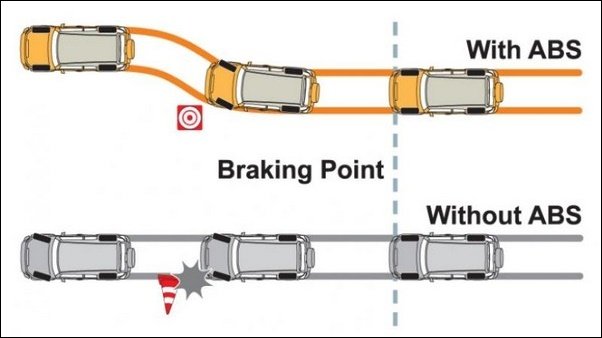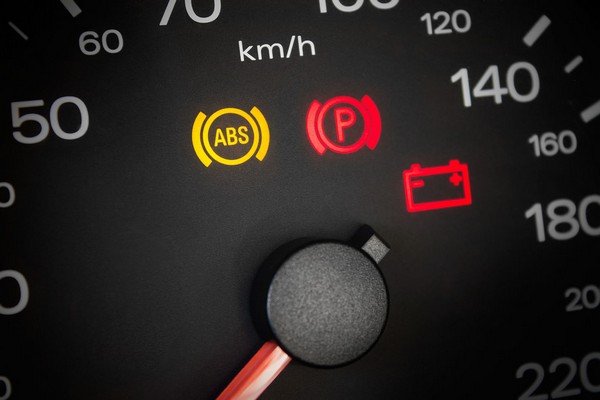Popular Tips
YOU MIGHT BE INTERESTED IN
ABS: How the ABS system works and its problems
by Vivaan Khatri |
03/07/2018
ABS is one of the key safety features in the modern car. But do you how the ABS system works and what might go wrong with this system?











 Follow us on google news
Follow us on google news
